A powerful 6.3-magnitude earthquake struck near the northern Afghan city of Mazar-i-Sharif early Monday, killing at least seven people and injuring around 150, according to provincial authorities.
The US Geological Survey (USGS) reported that the quake hit at a depth of 28 kilometers near Mazar-i-Sharif, a city of more than half a million people. The tremors were strong enough to cause widespread panic and structural damage across the region.
Samim Joyanda, spokesperson for the health department in Samangan province, confirmed that seven people had died and 150 were injured, with victims transferred to local health centers. The figures were based on hospital reports collected by Monday morning.
The USGS issued an orange alert through its PAGER system, warning that significant casualties were likely and that the disaster could be widespread. Past earthquakes with this alert level have typically required a regional or national emergency response.
Among the damaged structures was part of the Blue Mosque, the holy shrine in Mazar-i-Sharif, according to Balkh province spokesperson Hajji Zaid. The country’s national disaster management agency said it would release further details on casualties and damage once assessments were complete.
Videos circulating on social media showed rescue teams pulling survivors and bodies from rubble, as well as collapsed buildings and debris scattered across streets. Emergency workers continued to search for people trapped under the ruins.
Afghanistan has faced repeated devastation from earthquakes in recent years. In 2023, a quake in the western Herat region killed more than 1,500 people and destroyed over 63,000 homes. Just two months ago, on August 31, 2025, a shallow 6.0-magnitude quake in the east killed more than 2,200 people, making it the deadliest tremor in recent Afghan history.
The country lies along the Hindu Kush mountain range, where the Eurasian and Indian tectonic plates meet, making it one of the most seismically active regions in Asia.
The disaster comes as Afghanistan struggles with overlapping crises, including endemic poverty, severe drought, and the forced return of millions of Afghans from Pakistan and Iran. The quake has added yet another layer of hardship to a nation already under immense strain.

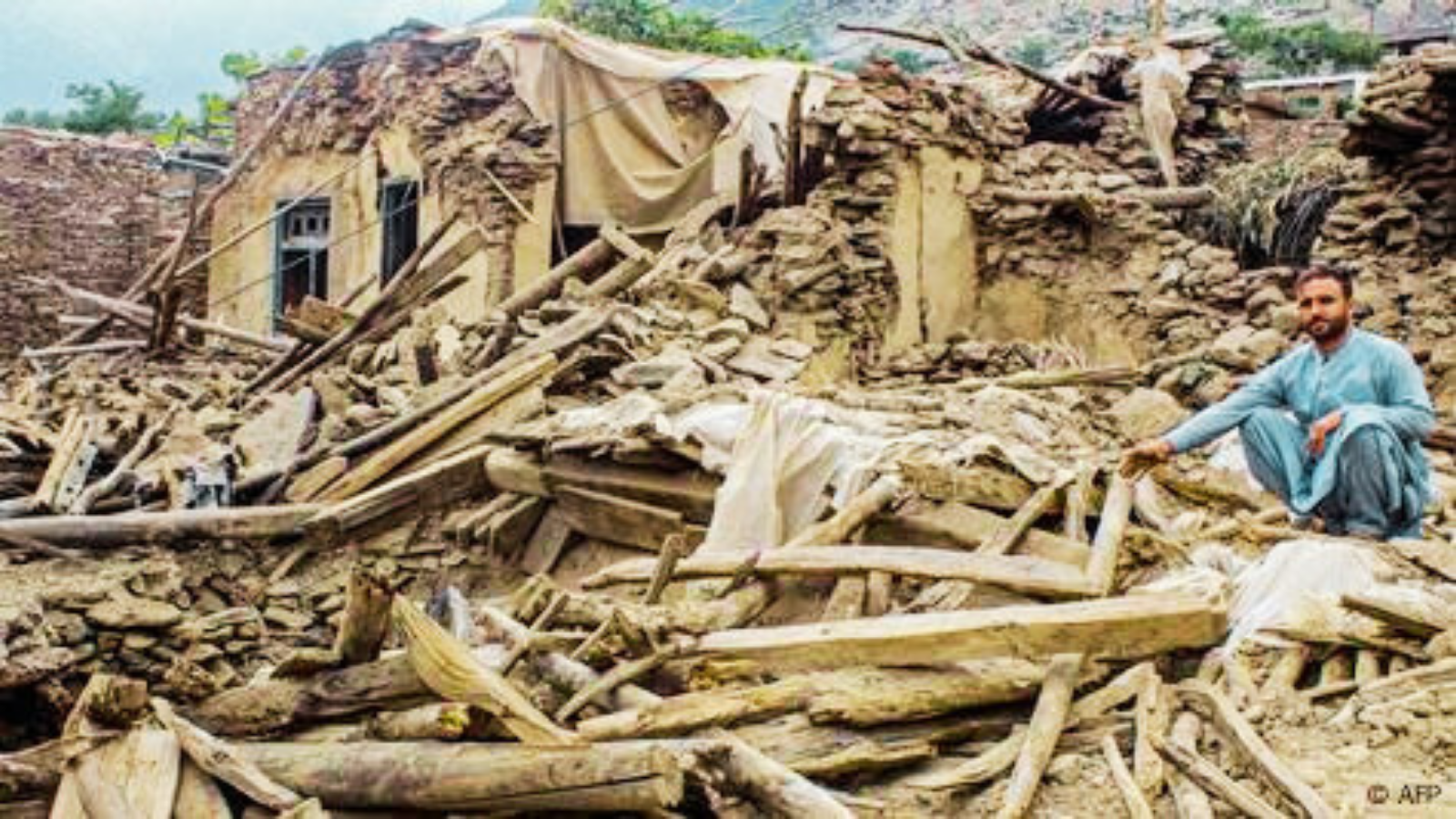
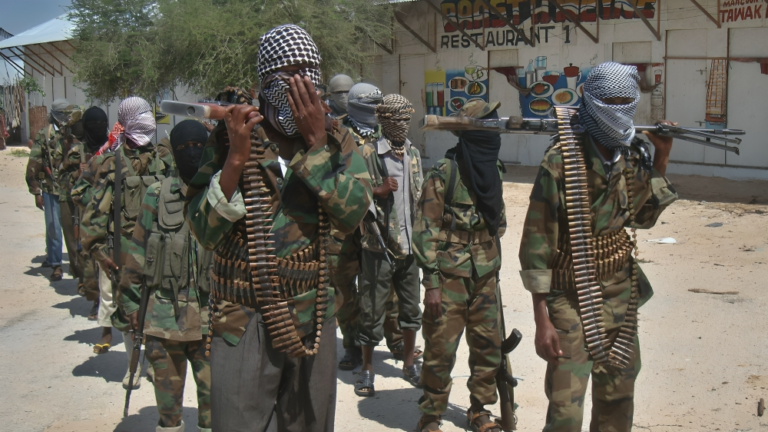
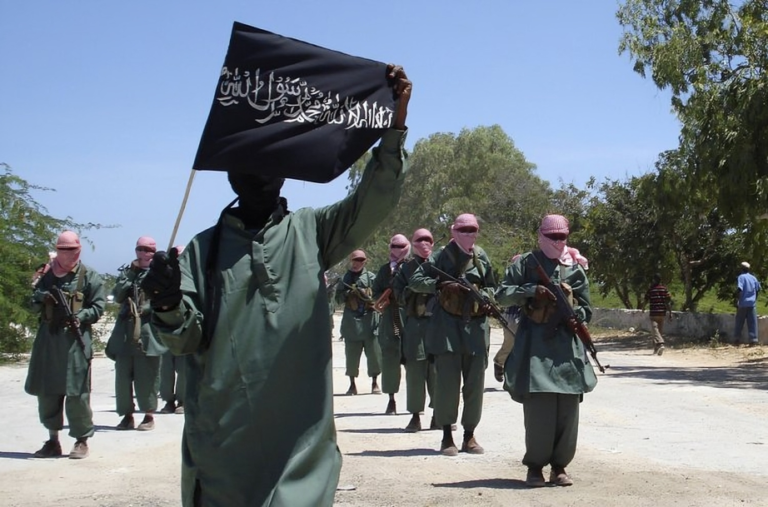



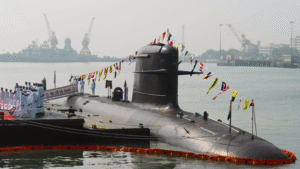
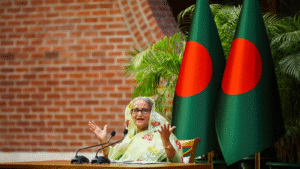



+ There are no comments
Add yours